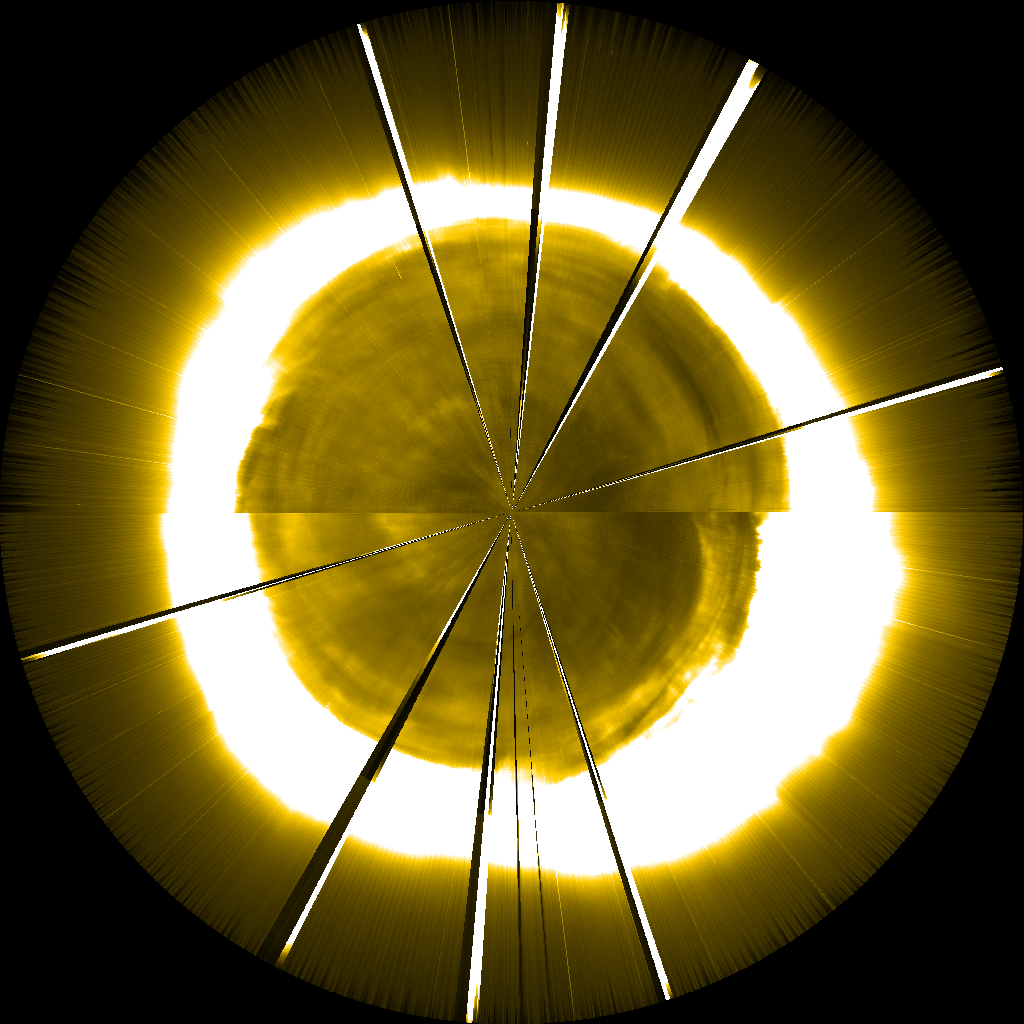Main menu
You are here
PROBA2 Science Working Team Meeting 17
PROBA2 Science Working Team Meeting 17 Minutes
13 November 2018
Royal Observatory of Belgium, Brussels, Belgium & Webex
The 17th PROBA2 Science Working Team (SWT) meeting was held on Tuesday November 13, 2018 at Royal Observatory of Belgium, between 15:30 - 17:30 local time (i.e. CET+1). The meeting was organised through videoconference, allowing scientists from all over the globe to attend. The initial announcements and meeting agenda can be found here.
Meeting Agenda
Mission Talks
Welcome - M.J. West (ROB)
PROBA2 science centre status - M.J. West (ROB)
- presented the team
- software updates
- GI investigation program, area of studies
- PROBA2 2019 symposium
SWAP Status - E. D'Huys (ROB)
- instrument doing great
- SWAP data products, new ones: images of the solar poles; synoptic maps
- SWAP reprocessing ongoing - to have a coherent data set
- SWAP publications
- observation campaigns
LYRA Status - M. Dominique (ROB)
- reprocessing started: improvement of dark current and degradation
- instrument health: degradation has stabilized
- new results: flare of September 2017
- eclipse observations: measurement of sun diameter
Guest Speakers
Ritesh Patel: Automated detection of coronal mass ejections in SWAP images using Parabolic Hough Transform
- introduced different algorithms to detect automatically the CMEs
- parabolic Hough transform instead of linear Hough transform
- measures also the acceleration of CMEs
- good comparison of the CME speeds with the ones calculated manually
- some false detection
- a catalogue with CMEs detected in SWAP will be developed
- can be applied to real time events as well
Juha-Pekka Luntama: Significance of Proba-2 in ESA SSA Programme
- introduction on space situational awareness (SSA), on SSA space weather objectives,
- PROBA2 was the first mission managed by the SSA program
- SWAP and LYRA data used by solar weather expert service centre
- PROBA22 visible on SSA SWE service portal
- automated detection of CMEs to be inserted in the program
Valeria Sieyra and Mariana Cecere: Analysing CME deflections
- CMEs from oct 2010 to oct 2011
- CME deviation from the source region
- use triangulation to calculate the deviation of the apex of the CME compared with the source region
- coronal holes and streamers have a big influence on the CME deflection
Ingolf Dammasch: Multi-instrument observations of an X9.3 flare
- 6 and 10 Sept 2017 flares
- introduced the LYRA instrument
- introduced the degradation problems
- instruments used: LYRA in different channels, GOES, radio (Humain)
- electron density at peak time - similar with the ones from the models
- results published in ApJL (Dominique et al. 2018)
Attendees
Matt West
Marilena Mierla
Marie Dominique
Elke D'Huys
Dana Talpeanu
Ingolf Dammasch
Immanuel Jebaraj
Laurence Wauters
Dipankar Banerjee
Jan Janssens
Joe Zender
Etienne Tilmans
Stefaan Poedts
Vaibhav Pant
Valeria Sieyra
Mariana Cecere
Ritesh Patel
Ed Thiemann
Juha-Pekka Luntama
Alexandros Koukras
Jennifer O'Hara
Evangelia Samara
Nandita Srivastava
Ranadeep Sarkar





